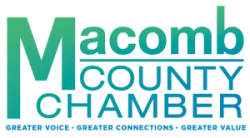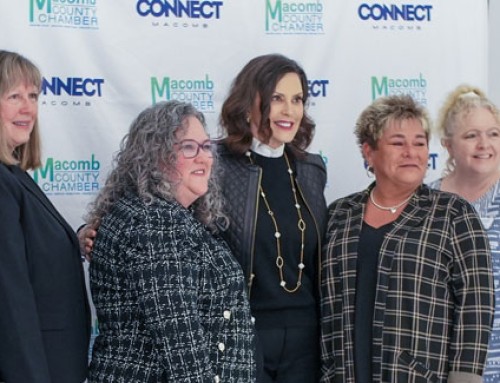Between lagging video conferences, dead batteries mid-call, and 6-foot conversations
through masks, we’ve all felt the struggle to communicate well over the past several months.
But as the world slowly allows for us to talk, shop, socialize and be understood the way we are
used to, there are still many in our community who won’t automatically be granted that same
widespread access to effective communication.
For Deaf and hard of hearing individuals, the hearing-centered world we live in presents a few
more challenges in regular, day-to-day communication. Global Interpreting Services, a locally
based interpreting and translation service shares these easy ways hearing individuals can
make a huge impact on the accessibility of effective communication for the Deaf Community in
our area.
7. Learn some basics.
Many of us can say ‘hello’, ‘goodbye’, ‘please’, ‘thank you’, or ‘where is the bathroom’ in a
foreign language, maybe even several. The same courtesy can apply to Sign language! Taking
the time to learn a few conversational sign phrases is a great way to relieve some of the burdens
of understanding from our Deaf and hard of hearing counterparts.
6. Be aware of your body language.
Keeping your face centered and not turning away, making sure you’re in good lighting, not
chewing gum, and making it clear when you change who you’re speaking to are all details
hearing people may not consider, but make a world of difference for anyone who may read lips,
or look to facial expressions and demeanor for context.
5. Don’t be afraid to ASK.
Deaf and hard of hearing people are not all the same. A communication method that works for
one person may not work for another and vice versa. Don’t be afraid to directly ask what way
the person you’re interacting with would like to communicate!
4. Don’t just say “never mind”.
Sometimes, not being fluent in sign language will mean a bump in the conversational road. A
hearing person may be tempted to say “never mind. It’s not important.” or “I’ll tell you later”. This
is something Deaf and hard of hearing individuals hear far too often, and it can feel socially
isolating. Everyone, no matter their communication method, should have the same opportunity
to know what is being said to them. Making sure we afford everyone the chance to know what’s
being said is important.
3. Caption your audio.
Whether you’re making a movie, recording a podcast, or putting together a workplace training
video, make sure accurate closed captioning, or a transcript, of your audio-based media, is
available.
2. Keep menus and catalogs with customer service staff.
Having catalogs, menus, pen, and paper, or even a search engine on a smartphone nearby
to assist with item location can immediately increase the customer service a Deaf or hard of
a hearing person receives from your business.
1. Get an interpreter.
This one speaks for itself. An interpreter might not always be available in the moment, but any
time you can- whether it’s a meeting, conference, speech, or other planned gathering, consider
hiring an interpreter! Be sure to make sure you’re acknowledging the person you’re speaking to
and not the interpreter, but certainly utilize these types of services whenever possible. If you
don’t know how to get an interpreter, Global Interpreting Services is always here to help!
By implementing these practices in our everyday lives, hearing individuals can make our world
more accessible to the Deaf and hard of hearing communities, and open our local community as
a whole to new friendships, new connections, and better perspectives. If you want to know more
about interpreting, learning sign language, or have questions, feel free to reach out to Global
Interpreting Services. The world evolves through effective communication, and we’re here to
help make it happen.

